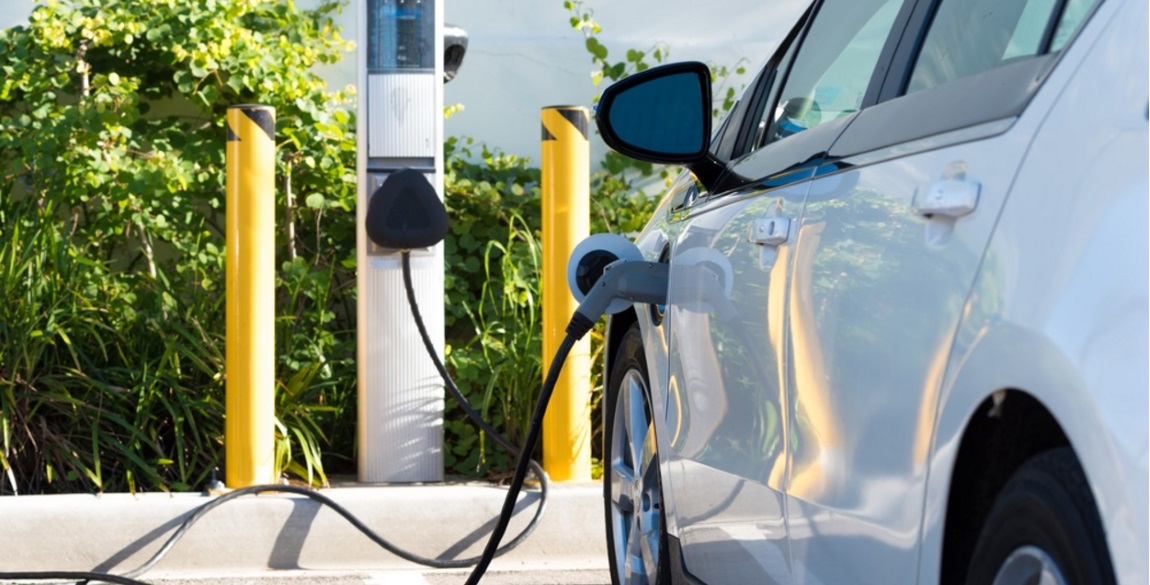After three years of strong growth, plug-in electric vehicle (PEV or ‘EV’) growth fell in 2015. Lower gas prices and consumers waiting for the new 2016 Nissan Leaf (and its longer range) were part of the reason for the decrease in sales, but likely these factors don’t fully explain the trend.
A lack of customer service
Recent press coverage has identified some of the struggles EV buyers face in trying to make an informed EV purchase decision. Notable highlights include dealers denying test-drives, or not being able to provide basic information about the EVs they are selling.
Though somewhat comical, these struggles are real—as indicated by customer satisfaction surveys—and likely contributed to flat EV sales in 2015. Early technology adopters are often willing to put up with just about any challenge to acquire a new product that interests them. However, the next round of excited (but less committed) buyers generally aren’t as tenacious about jumping through hurdles to purchase the same technology.
Tesla provides a notable exception in the case of EVs, however. An electric-only vehicle manufacturer that has set out to make the transition to an EV as smooth as possible, Tesla gives customers the opportunity to learn about Tesla EVs first-hand from Tesla product specialists in their retail stores.
When contrasted to the anecdotes above, Tesla’s dedication to educating consumers highlights just how far behind the purchasing experience is for customers buying an EV from a traditional car manufacturer. The chart from UC Davis below illustrates the point through JD Power Sales Satisfaction Index data.
Improving the buying process
Because EV technology is relatively new and unknown, customers considering switching to an EV are tackling a number of questions for the first time, such as:
- Do I need a charger in my home? If so, how do I get one?
- What public charging is available in my area?
- How much will it cost compared to a gas-powered vehicle?
As indicated in the chart below, surveys show that consumers place a high value on services related to these questions. Not surprisingly, however, many car dealers are not equipped to handle them.
Enter the local utility
Utilities are uniquely positioned to aid consumers in making smart EV purchases by helping them understand the ‘electric’ in electric vehicle. For instance, they can provide customers with answers to questions such as:
- How will my electrical bill change?
- What home charger should I install?
- Should I move to a new rate plan?
- When should I charge my vehicle?
- How will other energy technologies I might have or be interested in—like solar—be impacted?
And far from being a burden, utilities have much to gain from helping their customers acquire an EV. In addition to the prospect of load growth, EV charging represents a significant opportunity to soak up excess generation during periods of high renewables production, and a fast and significant demand response resource during periods of renewables production variability.
A personalized touch
The key for utilities is to answer these questions with the personal touch required to produce accurate answers and satisfied customers. Traditionally, this would have been handled by highly-trained customer service representatives. This, however, is a resource-intensive approach and does not always produce consistent results.
Today, utilities have new, cost-effective options available that allow customers to find personalized answers to their EV questions on the web, at their convenience. One such solution is WattPlan®, an online planning tool that makes it easy for consumers to compare the costs of purchasing and operating an EV and gas-powered vehicle, see the impacts of changing electric rate plans, and in some cases, even analyze the benefits of combining an EV purchase with rooftop solar.

Expect to see utilities in the EV driver’s seat
Consumers interested in EVs are demanding personalized answers. With the access utilities have to customer load data and tariff information, they are well-positioned to guide consumers in their EV purchase decisions. Growth in EV adoption will enable utilities to benefit from the load growth that comes from switching vehicle fuels to electricity rather than gas.
As industry analysts look for EV sales to rebound in 2016, don’t be surprised if you see more utilities move to fill the customer engagement gap that is often present at traditional vehicle dealerships.



